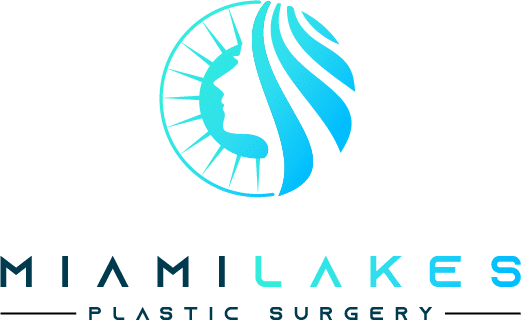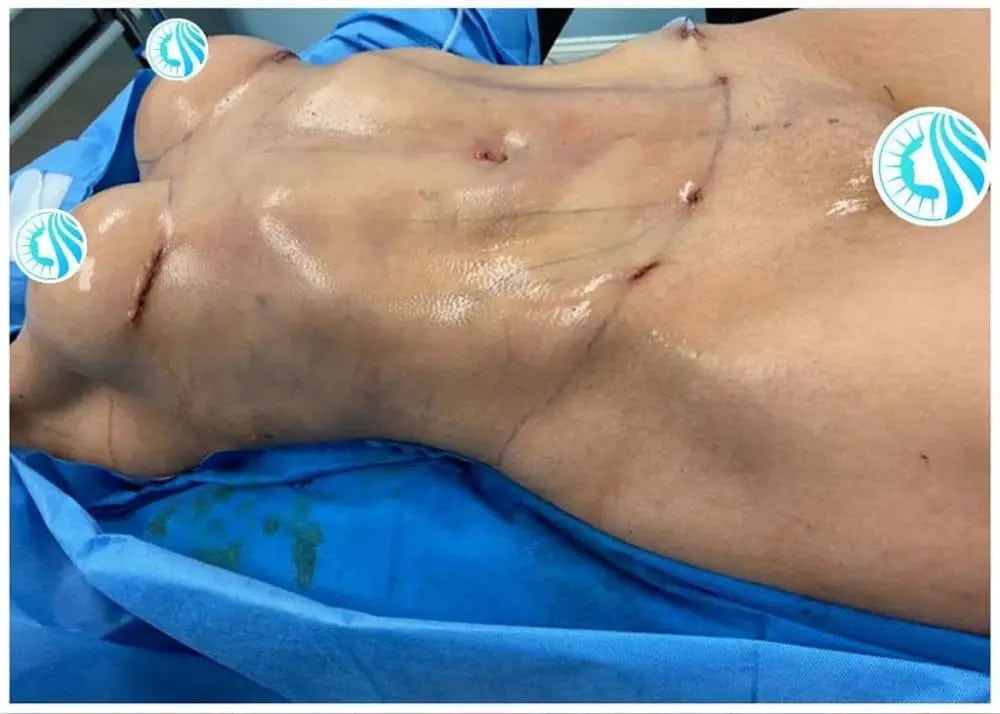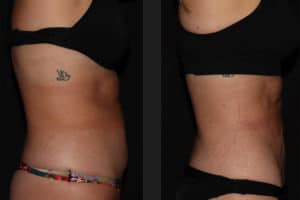Liposuction in Miami is a reliable procedure to improve your body’s shape or contours. Many research studies have proven that liposuction can remove excess fat from different body areas, such as hips, thighs, abdomen, buttocks, arms, back, and neck.
The procedure benefits people who can’t eliminate fat deposits with a balanced diet and experience. High Definition Lipo and Laser Lipo are advanced forms of liposuction and are much safer and more effective than traditional liposuction. Today’s article will differentiate between them. Read on!
What is high definition lipo?
High-Definition Liposuction, also known as HD or 4D lipo, is a highly advanced procedure that requires the surgeon to use ultrasound energy to remove fat and achieve a well-contoured and more toned body. HD Lipo uses a small incision, allowing the surgeon to liquefy the fat via the ultrasound energy for easy removal.
What is laser lipo
Unlike the traditional or HD lipo, laser liposuction requires the health professional to use a high-quality laser to liquefy the fatty tissues before removing them from the body.
Lasers allow the surgeon to remove fatty tissues from the body via liposuction easily. Laser lipo stimulates collagen and elastin production, allowing the skin to stay firmer, healthier, smoother, and tighter.
Differences
Although HD lipo and laser lipo are sophisticated procedures to remove excess fat from the targeted areas, knowing the difference between them is essential to making an informed decision. Let us perform a thorough comparison of these two procedures.
Technique
During High-Definition liposuction, the surgeon makes a small incision near the targeted area to insert the device. The instrument or device uses ultrasound energy to liquefy the fatty tissues, making it easier for the surgeon to remove the fat. The surgeon uses a suction device to eliminate the fat.
Recovery
Like Vaser liposuction recovery, you will resume your day-to-day activities within a few days. Some patients undergoing HD lipo require at least seven days to recover and heal. Avoid strenuous activities for a few weeks if you feel discomfort or pain.
The day after laser liposuction surgery, you will feel comfortable driving your car and resume your day-to-day activities. You can also engage in light exercises. However, avoid strenuous or cardiovascular activities for at least two weeks to prevent the risk of complications.
Recovery Time
Recovery time for high-definition liposuction depends on the procedure’s extent and the treated area. You can recover from the HD lipo within seven to ten days. During the recovery period, wearing compression garments is essential to reduce swelling, discomfort, inflammation, and bruising. A compression garment is an excellent way to promote healing.
On the other hand, laser liposuction has a similar recovery period, meaning you can recover within a week. Unlike traditional liposuction, laser liposuction does not cause severe bruising, blood loss, or inflammation, thanks to the small incision, leading to faster recovery.
Good Candidate
A good candidate for high-definition liposuction has an ideal weight and optimal health. The candidate must have optimal skin elasticity before undergoing this procedure because they will experience sagging if they have poor skin elasticity.
On the other hand, a good candidate for laser liposuction is within 20-30 pounds of their ideal weight. Likewise, the candidate has optimal overall health with no chronic conditions and good skin elasticity.
Average Cost
High-definition liposuction uses advanced tools and equipment, meaning the average cost is double the price of traditional liposuction. The average price range is between $3,000 and $14,000.
On the other hand, the average price of laser lipo is between $2,500 and $4,500 for a targeted area. Remember, laser liposuction costs depend on the body area that requires treatment.
Risks
High-definition liposuction can lead to severe complications if you fail to follow the doctor’s guidelines during the postoperative or rehabilitation period. These include blood clots in the lungs, fluid accumulation in the respiratory tract, fat embolism, seromas, edemas, hematomas, infections, and skin necrosis.
In contrast, potential laser liposuction risks are lumpiness, dimpling, infections, skin necrosis, skin sagginess, discoloration, scarring, and numbness. Because laser liposuction is a minimally invasive procedure that requires the professional to insert the device under the skin, you may also experience burning sensations in the targeted area.
Scars
Lipo scar is a common concern for people undergoing this cosmetic procedure. However, high-definition liposuction involves minimal incisions, meaning the scars are barely noticeable. Your scar will fade within eight weeks after the procedure.
Numerous factors affect the possibility of scars after laser liposuction. For example, if you are genetically vulnerable to developing scars, the smaller incision during laser liposuction will increase the likelihood of scar formation. However, most patients expect scars after laser lipo to slowly fade over time.
What to do Next?
Both High-definition and laser liposuction procedure have their specific pros and cons. Call us between 9:00 AM and 5:00 PM Monday to Friday for more information on these cosmetic surgeries, or schedule an appointment with our board-certified surgeon for an initial consultation. Our surgeon will examine your body and perform several tests to help you choose a procedure that best fits your needs.





